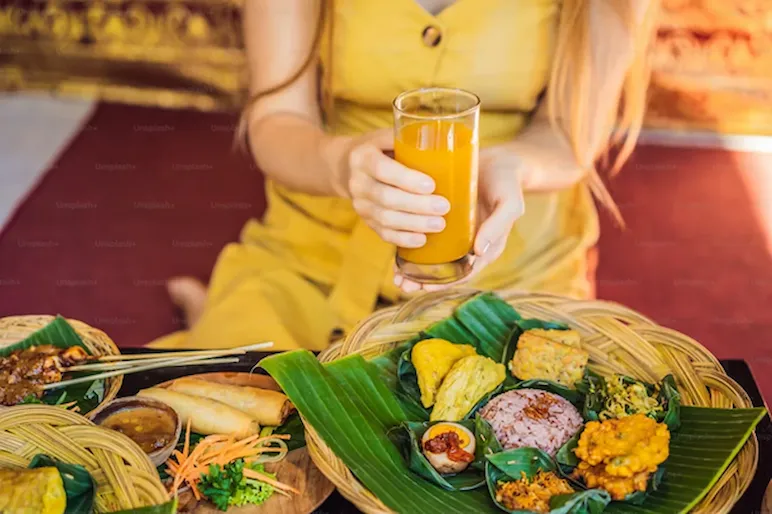Blending song, dynamic movement, and ritual, Janger reflects the island’s deep spiritual roots and evolving artistic soul. What began as a sacred invocation has transformed into one of Bali’s most celebrated folk performances, captivating audiences across the world. Read on to discover how this mesmerizing dance bridges tradition, spirituality, and social connection in perfect rhythm.
Read on to discover how this mesmerizing dance bridges tradition, spirituality, and social connection in perfect rhythm.
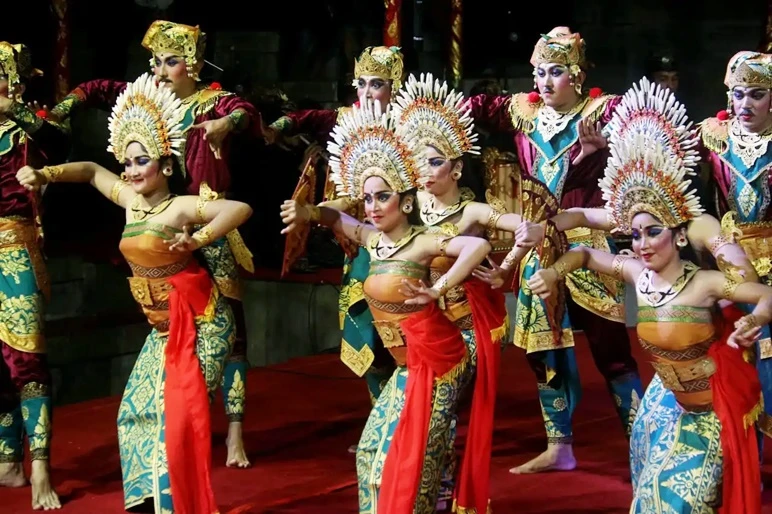
Origins Rooted in Ritual
The story of Janger begins within the sacred rituals of Sanghyang, an ancient Balinese ceremony in which a spiritual entity known as Hyang is believed to enter the body of a performer in trance. This sacred foundation imbues Janger with profound spiritual energy. Its earliest songs are said to have evolved from the playful melodies sung by Balinese youth during communal gatherings, later adapted from Sanghyang chants. The transformation of these chants into rhythmic, melodic performances gave rise to what we now know as Janger—a unique blend of devotion and celebration.
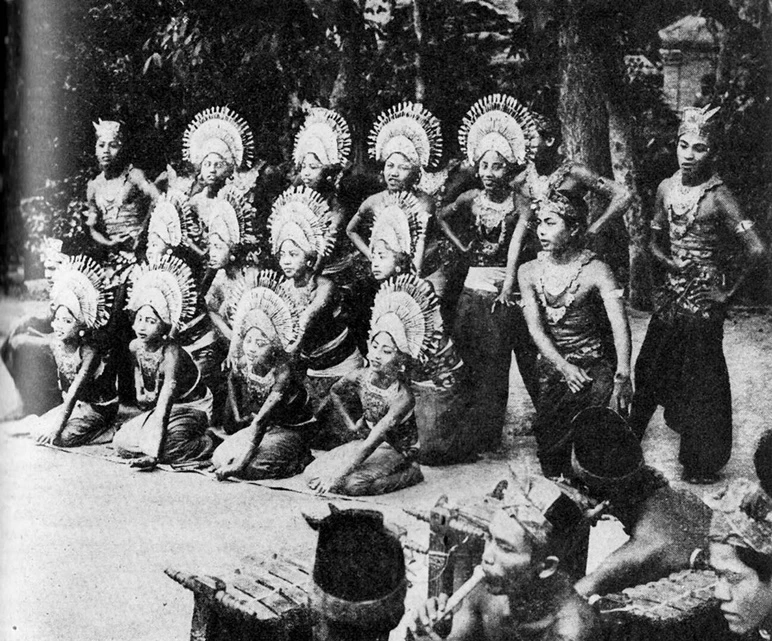
The term “Janger” itself holds layered meanings. In the Balinese dictionary, it refers both to the female dancers and to the act of moving the head in a repetitive, joyous motion, reminiscent of a rooster’s comb. This gesture, now iconic, embodies vitality and happiness—a reflection of Balinese philosophy that finds beauty and spirit in the everyday rhythm of life.
The Rise of a Cultural Icon
Janger as a stage performance emerged around the 1930s, making it one of the relatively modern Balinese dance traditions. It was described by Walter Spies and Beryl de Zoete in Dance and Drama in Bali as a lively collaboration between ten pairs of male and female dancers, often accompanied by the geguntangan or gender wayang ensemble.
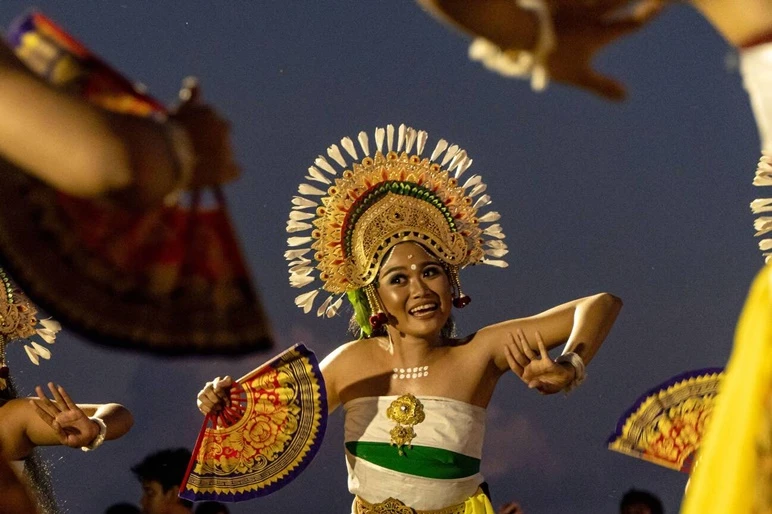
Traditionally, the dance was a social bridge between villages, allowing young men and women to meet, sing, and dance together. The choreography mirrored the balance between masculine and feminine energies: men would perform seated, cross-legged movements inspired by Pencak Silat martial arts, while women knelt gracefully, weaving patterns with their hands in rhythmic elegance. Over time, Janger evolved into a Bali-balihan dance, performed for entertainment and to enrich ceremonies. Its accessible form, joyful spirit, and harmonious interplay of voices made it one of the most popular Balinese performances, both locally and abroad.
Voices, Movements, and Mystical Energy
Unlike most traditional dances, Janger is distinguished by its integration of song and movement. The dancers themselves form a living orchestra, singing in call-and-response patterns that echo the island’s famed Kecak chant. Female singers lead with melodious choruses, while male voices reply with powerful chants, creating a vocal dialogue that feels both playful and transcendent.
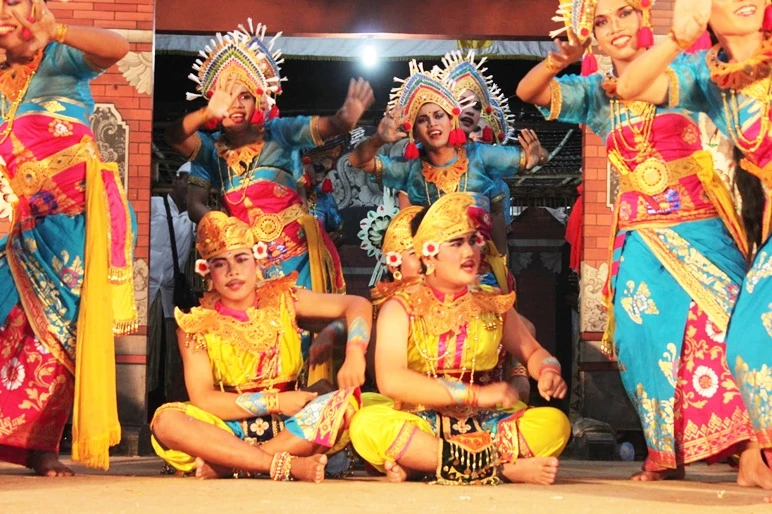
The choreography embodies duality—grace against vigor, softness against strength. Each movement holds meaning, from the subtle sway of the women’s arms to the assertive gestures of the men. This balance symbolizes the harmony of opposites, a reflection of Balinese cosmology where the universe is sustained by equilibrium.
Where to Experience Janger Today
Ubud, the artistic heart of Bali, remains the best place to experience Janger Dance in its authentic form. Performances are regularly held at Ubud Palace and Peliatan Palace, often on the Balerung Stage, where local troupes uphold centuries-old traditions. Here, the younger generation of Balinese artists carry the torch, ensuring that this cultural gem remains vibrant and relevant.
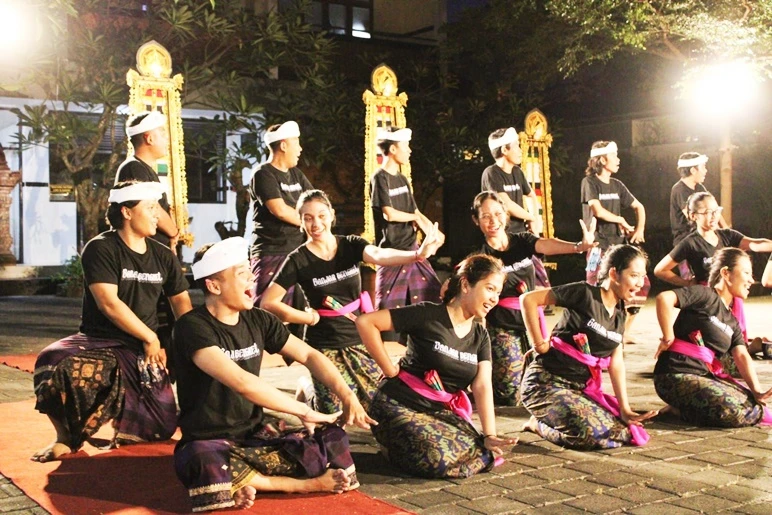
Beyond its visual splendor, watching Janger is an invitation to witness Bali’s living philosophy—one where art, spirituality, and community coexist seamlessly. It is a reminder that culture is not static but alive, continuously renewed through shared emotion and devotion.



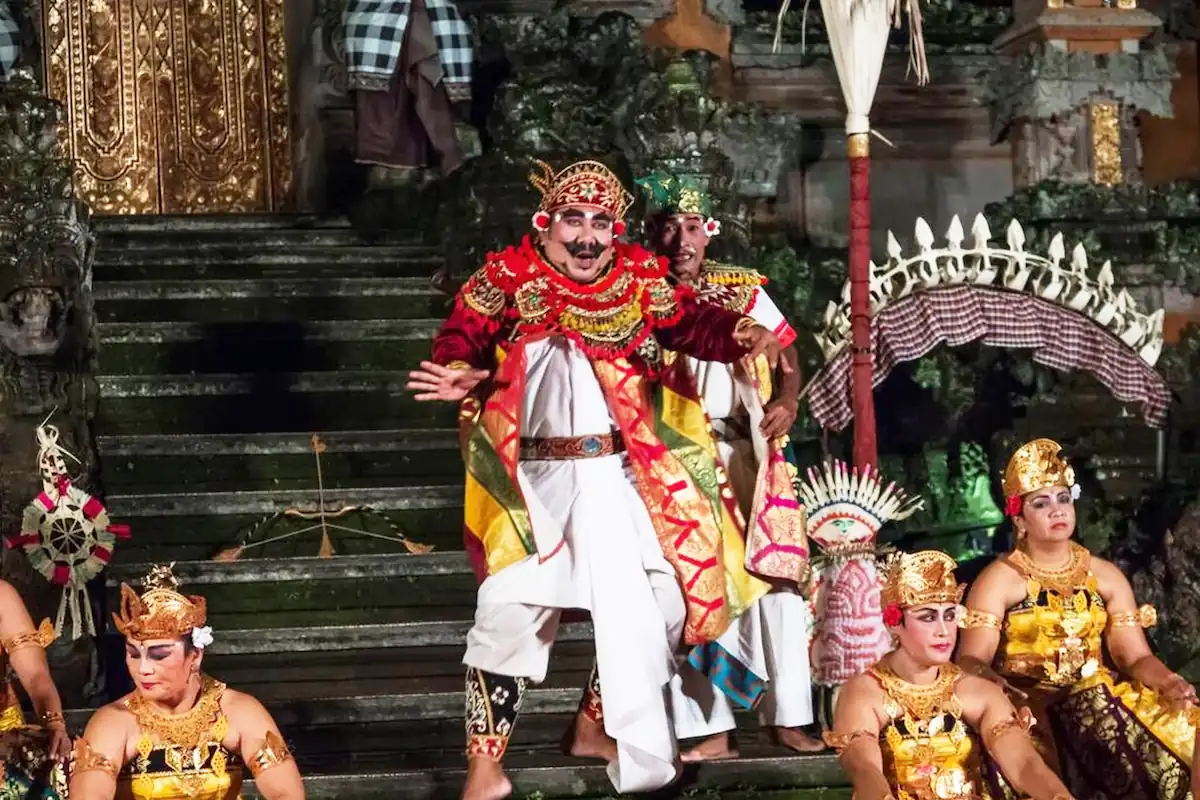
 Billy Bagus
Billy Bagus
 Oct 22, 2025
Oct 22, 2025



